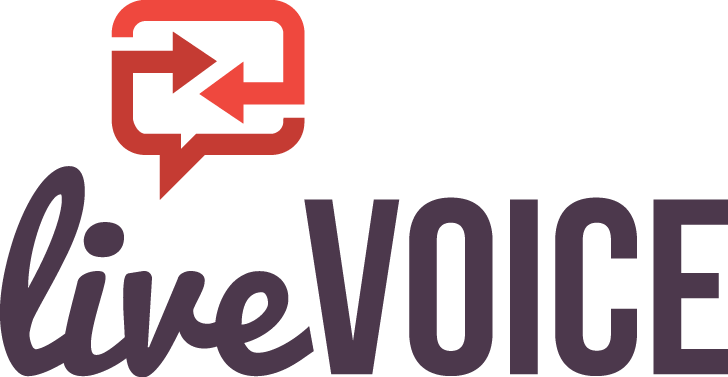Category: Lead Response
What Difference Does 25 Minutes Make?
Contact rates and qualification rates both drop significantly after 5 minutes
How long businesses wait to respond to marketing leads has an indirect correlation with achieving successful outcomes, indicates Dave Elkington CEO and chairman of InsideSales.com, a lead management and sales automation provider. Elkington’s presentation shares research from Harvard and MIT, which pinpoints some hard lead conversion lessons that all businesses and their sales and marketing departments must know.
Two key conclusions from this research should alert those tasked with responding to leads, energizing them to act quickly. The timeliness of staff action affects both contact rates and qualification rates.
Contact Rates Drop:
Contact rates – the degree of success in making contact with the prospect – track inversely with time. The longer it takes to respond, the less likelihood contact will occur – ever. The stark conclusion is that contact rates fall fast after only five minutes. Even more alarming is that comparing a five-minute response rate to a thirty-minute response rate, the decrease in connecting is one hundred fold. A delay of only twenty-five minutes slashes contact rates to one hundredth of what they could – and should – be.
“We live in an impatient society,” says Adam Berkson, president of LiveVoice, an answering service call center that provides a lead response service. “People seek instant gratification. When they fill out an online form or respond to a marketing initiative, a subconscious clock begins ticking. Each minute lessens the possibility of a favorable outcome for the business that captured that lead.”
The expectation of consumers continues to evolve. Two decades ago, with mail in response cards, a week or two was fine. Then best practices advocated a twenty-four hour response time, which later evolved into the same business day, with some managers taking pride in a one-hour response rate. Clearly none of these are the case anymore. “I don’t think the attempt to contact the prospect can occur too soon,” adds Berkson. “Five minutes is obviously the upper limit, but our goal is within sixty seconds.”
Qualification Rates Drop:
Closely related to contact rate is qualification rate – the percentage of marketing generated leads that can be prequalified, that is, determined to be sales ready. Surprisingly, qualification rates are also extremely time-sensitive.
Though the qualification rate drop off is not as significant as with contact rates, it is equally alarming. As the response time increases from five minutes to thirty minutes, the qualification rate experiences a decrease of twenty-one times.
“This doesn’t seem logical,” says Berkson, “but the facts don’t lie. There is a definite correlation between the speed of the response and the ability to qualify the lead.”
“Each minute of delay in responding to a marketing lead significantly decreases the chance for a successful outcome,” confirms industry expert Angela Garfinkel, president of Quality Contact Solutions. “Timeliness is an increasingly critical factor in making contact, qualifying the prospect, and closing the deal.”
Waiting to respond to a lead – even for a half hour – is almost as bad as not acting at all. “Delays result in significant lost business,” concludes Berkson. “Respond to leads fast or your marketing dollars will be wasted.”
Peter DeHaan, PhD, is a freelance writer, call center authority, and publisher of Connections Magazine, which covers the call center industry.



